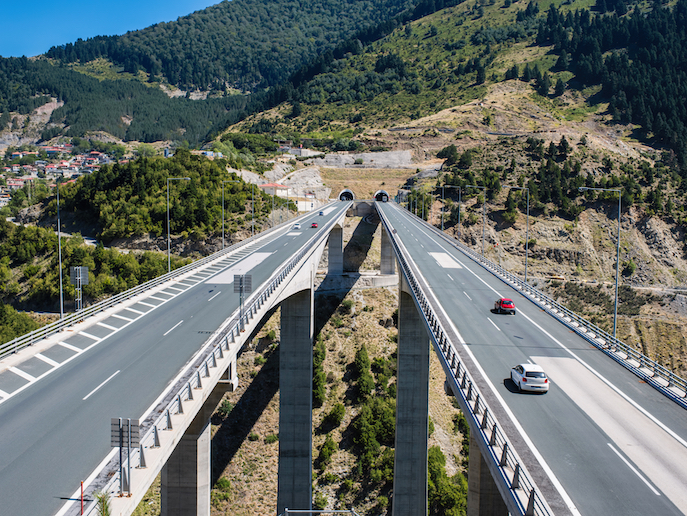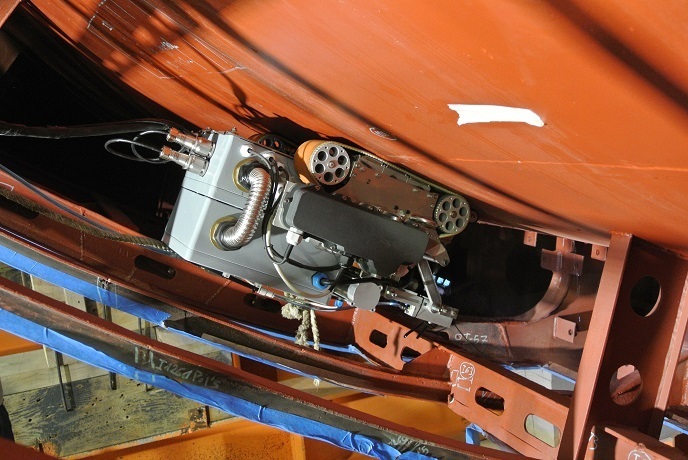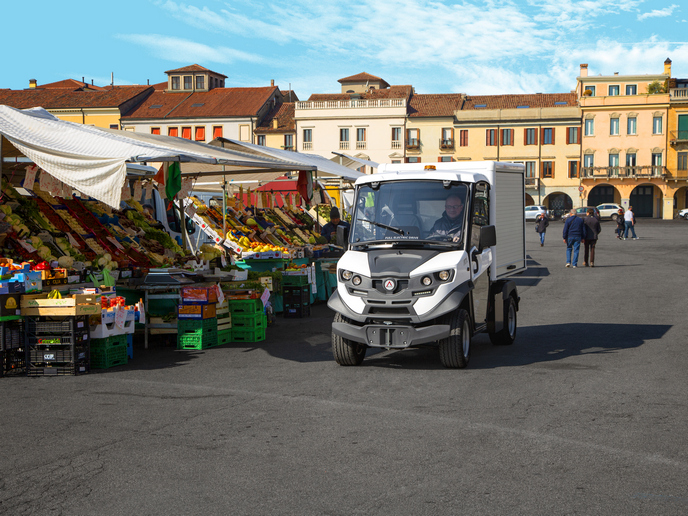Improving the resilience of Europe’s transport infrastructure to extreme events
Critical transport structures are susceptible to a range of attacks. Extreme weather events, human-caused incidents and cyberattacks could all disrupt the regular flow of transport across Europe, with severe consequences and high costs. With this in mind, the EU-funded RESIST project developed a new software platform to help secure an almost seamless transport operation when attacks strike. RESIST links together control room operators, first responders and citizens to gather, process and spread information quickly in order to restore operations as fast as possible. “The resilience of critical infrastructure is a major issue,” says Angelos Amditis, research and development director at the ICCS and NTUA in Greece, and RESIST project coordinator. “RESIST will improve the speed and effectiveness of structural vulnerability assessments, situation awareness and response operations, while bringing down costs. It will increase users’ protection under extreme events towards a high level of resilience of the transport infrastructure at many levels,” he adds.
Integrating information to assess infrastructure damage
RESIST is an integrated safety and security platform that facilitates robotic inspection of bridges and tunnels and provides predictive analytics for structurally weak areas. After any damaging event, drones assess damage and provide situational reports to responders and RESIST users as quickly as possible. “This is done by a multilevel approach, which includes tools and technologies for designing both preventive and predictive strategies for transport network resilience,” explains Amditis. RESIST incorporates several interoperable modules, including: aerial robots for visual and contact inspection and mounting of sensors on infrastructure; ultrasonic sensors; a computer vision system; cybersecurity solutions; and a risk assessment module for extreme events.
Assessment in real-world trials
The RESIST technology was deployed and validated at two pilots in real-world conditions. In the first pilot on an Egnatia Odos bridge, Greece, the system was tested in a detailed inspection process after a seismically triggered landslide scenario. Drone measurements were transmitted to the vulnerability and risk assessment modules for analysis, while the computer vision system created a 3D model of the bridge. The drones detected several cracks and assessed them using ultrasonic measurements. The system also predicted the structural conditions of the bridge. Road traffic was immediately restored. “In general, the pilot demonstration was successful and led to very positive conclusions, as the operation of the RESIST system in a real environment was very efficient,” says Amditis. The second pilot tested the software on a simulated accident inside the St Petronilla Tunnel near Turin. Some severe cracks were detected, but it was concluded that they had no significant effect on the integrity of the tunnel.
Providing RESISTance across Europe
RESIST has already been deployed at the infrastructures used in the pilots. But there are several market opportunities beyond transport, explains Amditis. “The RESIST drones, with their navigation and sensor manipulation capabilities, can be used in business security, surveillance and monitoring in agriculture, oil and gas, real estate, government, entertainment and media, telecommunications and mining industries,” he remarks. “RESIST components can potentially cover a wide range of industries, such as health, smart cities and homes, energy, supply chain and manufacturing,” Amditis adds.
Keywords
RESIST, infrastructure, transport, structure, resilience, drones, computer vision, first responders, safety







